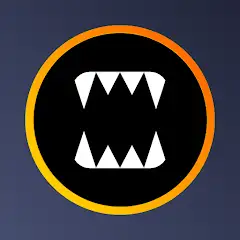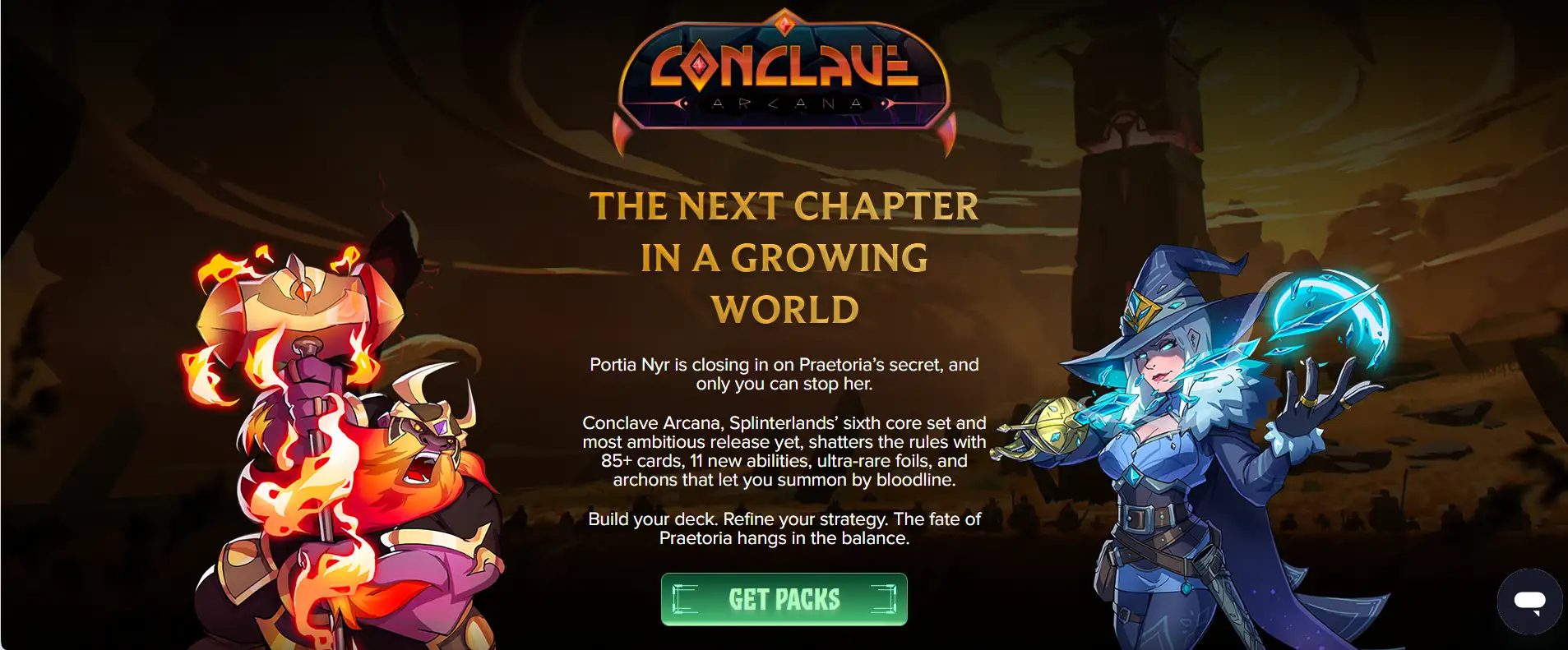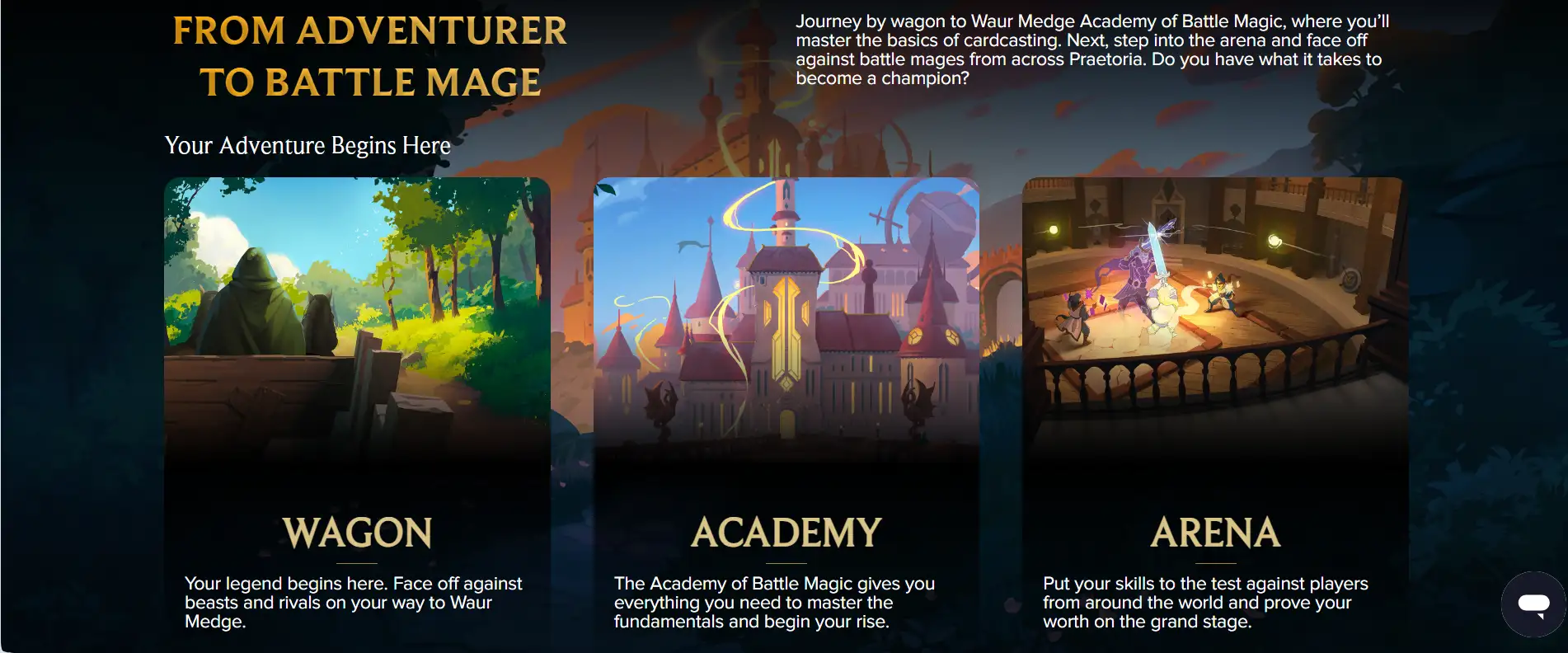About Splinterlands
Splinterlands is a pioneering blockchain-based trading card game where players engage in fast-paced, auto-battler style matches using digital cards they truly own. Launched in 2018, it was one of the first games to fully embrace Web3 principles, giving players control of their assets as non-fungible tokens (NFTs) on the Hive blockchain. This allows users to trade, rent, level up, or even burn cards for rewards, all with full transparency and permanence.
By combining rich fantasy lore with deep strategic gameplay and real-world economics, Splinterlands creates a truly immersive and rewarding experience. Each match takes only 2–3 minutes, yet offers endless complexity through drafting mechanics, rule variations, and card synergies. With support for global competition, real-time battles, and consistent updates, Splinterlands has become a cornerstone of the play-to-earn gaming ecosystem.
Splinterlands is a globally recognized Web3 trading card game where players battle with NFTs in a fast-paced, auto-battler environment. Originally launched in 2018, Splinterlands is built on the Hive blockchain, enabling players to own, trade, and upgrade their cards in a decentralized economy. It was born out of a frustration with mainstream digital card games, where players have no true ownership and companies retain full control over in-game assets. In contrast, Splinterlands ensures scarcity, transparency, and real value for every card.
Players enter the world of Praetoria, where six elemental Splinters—Fire, Water, Earth, Life, Death, and Dragon—determine how decks are built and battles unfold. The game includes over 500 unique cards, each with different stats, rarities, and abilities. Cards can be used in battles, combined to level up, or traded on an open market. Unlike traditional card games, Splinterlands introduces battle rules and mana caps that vary with each match, forcing players to think tactically about which cards to deploy.
A standout feature of Splinterlands is its blend of strategic depth with fast-paced execution. Rather than taking turns, players draft their lineups based on evolving match parameters, and battles play out automatically. This keeps matches quick while still demanding serious strategic thinking. The game's monetization model is equally dynamic. Players earn Glint, Dark Energy Crystals (DEC), and other rewards through ranked play, tournaments, and special events.
The game supports two primary formats: Modern and Wild. Modern format restricts playable cards to the most recent sets, creating a more accessible environment for new players. Wild format, on the other hand, includes all cards, offering advanced players deeper strategic options. Players can toggle between formats freely based on their card collections and preferences.
Over time, Splinterlands has grown into one of the largest decentralized gaming ecosystems, with integrations for land development, staking mechanics, guilds, and marketplace dynamics. Similar games in the blockchain space include Gods Unchained, Illuvium, and Skyweaver, but Splinterlands continues to stand out due to its player-owned economy and community-driven development.
Splinterlands provides an intricate and rewarding gameplay experience designed to test strategy, adaptability, and deck-building prowess in a uniquely automated battle system. In this game, players take on the role of Summoners, choosing an Archon and assembling a team of cards to battle in real-time matches. Each card belongs to a particular element and features its own stats, abilities, and mana cost. Strategic choices begin before the battle, and once a match starts, the action unfolds automatically based on player decisions and battle rules.
Players start their journey at the Waur Medge Academy of Battle Magic where the Campaign mode acts as an official tutorial. Here, players learn the fundamentals of gameplay including selecting Archons, managing mana caps, and understanding elemental advantages. After mastering the basics, they can enter ranked formats—Modern and Wild—which cater to different card sets. Modern mode restricts gameplay to newer card sets, while Wild allows the full card library, giving players the flexibility to explore various strategies based on their collection.
For practice and experimentation, players can enter unranked Practice Battles or challenge friends directly via the Challenge Battles system. Custom battles can also be created for a small fee using DEC or Credits, letting players control specific match parameters like mana cap and elements. In addition, the Codex of Knowledge (Academy Panel) offers in-depth help guides and tooltips for learning card abilities and mastering advanced tactics.
Another defining aspect is the game's emphasis on learning from experience. Through the Top Battles and Leaderboard features, players can review high-level replays and study the strategies used by top competitors. This not only aids improvement but also encourages meta-evolution. Players who rise in rank earn Glint and other valuable rewards tied to their performance in either game format.
With the recent introduction of features like land ownership and upcoming expansions like Conclave Arcana, Splinterlands continues to evolve. The game’s auto-battler foundation, NFT economy, and real-time competition create a dynamic and constantly shifting experience for new and veteran players alike. Whether you're building a guild, optimizing a deck, or farming rewards, Splinterlands delivers engaging, strategic gameplay with real-world value.
Splinterlands provides a streamlined and immersive way for new players to begin their blockchain trading card game journey. Here’s how to get started on Splinterlands:
- Create Your Account: Go to splinterlands.com and click “Start My Adventure.” You can sign up using email, social login, or connect a Web3 wallet later.
- Complete the Campaign: Begin your journey in the tutorial-style Campaign mode where you'll learn how to select an Archon, manage mana caps, and choose the best units for each battle.
- Explore Ranked Play: After completing the Campaign, test your skills in either the Modern or Wild ranked formats. Modern is ideal for newer players with recent cards, while Wild includes the full range of legacy cards.
- Build Your Deck: Visit the Market or Shop to buy, rent, or trade cards. Use Credits or DEC to acquire powerful cards and combine duplicates to level them up.
- Download the Mobile App: Play anytime with the official app from Google Play for Android.
- Use the Codex of Knowledge: Click the book icon (Academy Panel) in the top-right corner for in-game tips, strategy guides, and explanations of card abilities and rules.
- Join the Community: For live support and community strategy discussions, join the official Splinterlands Discord and meet players from around the world.
Splinterlands FAQ
Each match in Splinterlands introduces a unique combination of battle rules that dramatically shift strategy. Rules like “Melee Mayhem” or “Back to Basics” can disable abilities, change attack ranges, or modify health mechanics. As a result, players must adapt their decks on the fly, choosing cards that synergize with the rule set. This ensures that no two matches are the same and that deck building is not static but responsive and deeply strategic. Learn more by playing at Splinterlands.
In Splinterlands, a Summoner is your core unit card that defines your available element (like Fire or Water), as well as any buffs or debuffs it applies to your team. An Archon is the narrative role behind that Summoner — a lore-based character who channels the mana of a particular Splinter. While the Summoner affects gameplay, the Archon ties into the world-building of Praetoria. Understanding both helps players make more thematic and tactical choices. Dive deeper at Splinterlands.
Yes, Splinterlands offers a revolutionary card rental system via its peer-to-peer marketplace. Players can rent rare or leveled-up cards for just a small fee using DEC or Credits, enabling access to high-tier competitive play without major upfront investment. This feature supports accessibility and lets players test strategies before buying. Visit the in-game Market at Splinterlands to browse rental options today.
The Modern format only allows cards from the most recent sets (Chaos Legion and Rebellion), creating a more balanced battlefield for new players. Wild format, however, unlocks all cards—including legacy sets—allowing for deeper synergies and advanced meta-play. Strategists often toggle between both formats depending on their collections and competitive goals. Choosing the right format can significantly affect your win rate. More about formats is available at Splinterlands.
When you combine duplicates of the same card in Splinterlands, they level up, gaining increased stats or new abilities. Higher-level cards can be more effective in battle, and some cards unlock powerful passive or triggered effects only at certain levels. However, league restrictions apply—players must match card levels to the league they’re in. Combining cards also reduces supply, increasing scarcity and value. This feature adds both tactical depth and economic utility. Learn how it works on Splinterlands.
You Might Also Like












